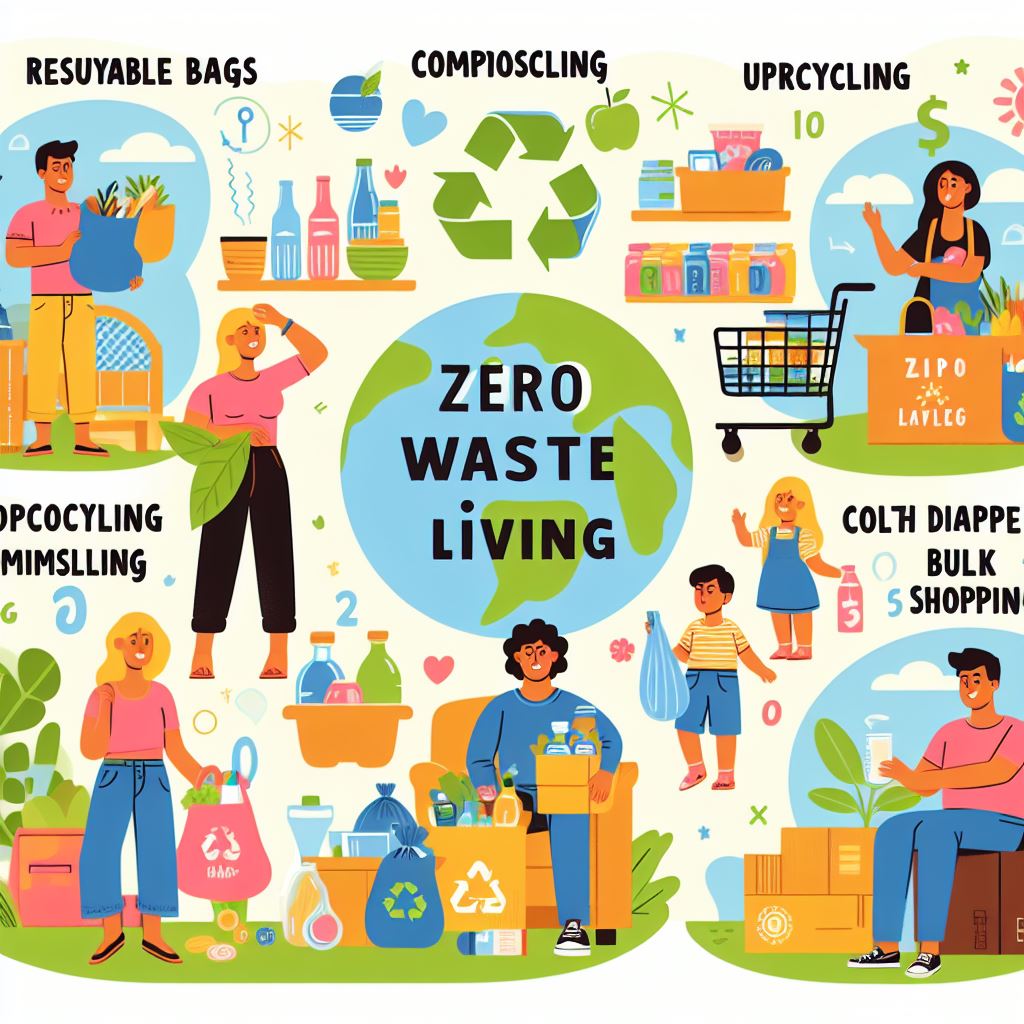With overflowing landfills and the stark environmental impacts of our throwaway culture, the idea of zero-waste cities is increasingly gaining traction. But is it merely an idealistic goal, or can cities truly eliminate sending waste to landfills and incinerators? Let’s examine this bold vision and the cities making it happen.
What Does “Zero Waste” Actually Mean?
Zero Waste isn’t about disappearing trash magically. It’s about rethinking our linear “take-make-dispose” system, focusing on these core principles:
- Prevention is Key: Reduce excess packaging and single-use items, and design products for longevity and easy repair.
- Maximizing Reuse: Promote repair cafes, second-hand markets, and encourage sharing or donating instead of discarding.
- Recycling and Composting Done Right: Ensure systems are available and efficient to recover valuable materials and turn food scraps into nutrient-rich soil.
- Ending Landfill and Incineration: When the above strategies work, there should be minimal waste left that can’t otherwise be utilized.
Case Studies: Zero Waste Trailblazers
While no city is perfectly zero waste yet, these inspiring examples show significant progress:
- San Francisco, USA: Boasting an impressive 80% diversion rate, the city has mandatory composting, bans hard-to-recycle items like Styrofoam, and provides innovative incentives for businesses to reduce waste.
- Ljubljana, Slovenia: This European capital has achieved a 60% diversion rate through door-to-door waste collection, robust recycling infrastructure, and fostering a culture of reuse and repair.
- Kamikatsu, Japan: This small town reached an astounding 80% diversion rate by requiring residents to sort waste into 45 categories, promoting a zero-waste lifestyle through a local upcycling center and shop.
Challenges to Overcome
- Changing Habits: Shifting consumer behavior toward reducing consumption and waste awareness is a long-term project.
- Economic Hurdles: Investing in new infrastructure, composting facilities, and waste reduction programs can be expensive.
- Global Production Chains: Addressing waste at the manufacturing level is crucial, requiring cooperation beyond the borders of a single city.
The Path Forward
The zero-waste city journey requires:
- Political Will: Setting ambitious goals and creating supportive policies is fundamental for success.
- Citizen Engagement: Educating and empowering residents to rethink waste is as important as top-down strategies.
- Innovation and Collaboration: Sharing best practices and piloting new technologies will accelerate progress.
The Verdict: Idealism Meets Action
Creating zero-waste cities is an ambitious and complex task, but it’s far from a pipe dream. While challenges exist, pioneering cities demonstrate it’s not about achieving perfection, but continuous improvement and a radical rethinking of our relationship with waste.
Your Thoughts?
- Is a zero-waste future achievable for your city?
- What obstacles do you see, and how could they be overcome?
- Share your ideas and experiences in the comments!

